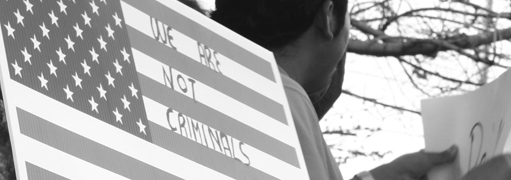Recently you might have read articles about the discovery of mass graves of Native Americans outside Canadian boarding schools. I’m often surprised by how little people outside the Native world know about Indian boarding schools. When I say something about them to most non-Natives, their first association is with parents who pay large sums for their children to attend elite institutions. The horrific irony of this is never lost on me. Boarding schools for Native children in Canada and the United States were schools designed to “kill the Indian and save the man,” a phrase coined by US Army officer Richard H. Pratt, who opened a school for Native children in Pennsylvania. If elite boarding schools are designed to move students as far up the social ladder as possible through a supposedly superior education, Indian boarding schools were designed to have the opposite effect. Students were taken from their homes by force, stripped of their clothing, their heads shaved, and under threat of physical punishment, told not to speak their own languages. They were also trained in basic manual labors, relegating them to a very specific sector of society. Because the children in boarding schools were subject to physical and sexual abuse, were separated violently from their families and communities, suffered from malnutrition and sub-par medical care and were forced to perform excessive manual labor, many of them died in those schools. In fact, where the Indian Pueblo Cultural Center in Albuquerque stands was once the site of our very own Indian boarding school. In Canada somewhere around 50,000 children died in these schools and were buried in the mass, unmarked graves that we’re only becoming aware of today. You may have also recently read about another group of mass graves in Texas. Right outside Falfurrias, close to the ICE detention centers and immigration checkpoints, volunteer researchers are discovering mass graves of migrants from Central and South America. Increasingly, these migrants are coming from places other than Mexico. In fact, Mexico is becoming a country where people are migrating to, not from—due to Mexico’s socialized medicine, educational policies and increasingly successful economy. And they are coming with their children, and sometimes they’re sending their children ahead. And what this tells me is that inside these mass graves are bound to be the bodies of children. Native American children. That’s the thing: Being Native American is not something that changes when you cross a border. In fact, my own relatives, the Chiricahua Apache, were folks whose migration patterns were traditionally North Mexico to what is now New Mexico, Colorado, Texas and Arizona. In other words, Native children continue to die, continue to be buried in mass, unmarked graves and continue to suffer because of border politics, the desire for the acquisition of land and resources, and because of the idea that there is an us and a them. Since October 2013 more than 52,000 migrant children from South America have been taken into custody. As a result, Artesia, N.M., will soon be home to a temporary detention center in order to house many of them. In Texas, detention centers are already flooded with children from Central America, mainly from Honduras, because America’s ineffectual “War on Drugs” has fueled such horrific gang violence that parents are sending their children ahead, and often alone as refugees. And when they don’t survive, they are buried in mass, unmarked graves. More mass graves of unwelcome Native children who have suffered immensely due to circumstances so far out of their control it’s unthinkable. Often, what people think about Native Americans is either wildly romantic or wildly un-romantic, even in a city like Albuquerque, where many Native Americans live and thrive in a variety of ways. I either hear something about spirituality or dancing, or I hear something about drinking and homelessness. But for the folks coming up from the south, viewpoints are rarely romanticized. As one commenter on an online article from the Daily Mail said, “The only good illegal immigrant is a dead immigrant!” And you hear statements like that even in a city like ours, even when those suffering and dying are often children. And because of this, just when we thought something like mass graves of Native children was a horror from our past, we must face that it is a current horror, a miserable irony and a very ugly thing indeed.
Erika T. Wurth's novel, Crazy Horse's Girlfriend, will be released by Curbside Splendor Sept. 2014. She teaches creative writing at Western Illinois University. She was raised right outside of Denver and is Apache/Chickasaw/Cherokee.







